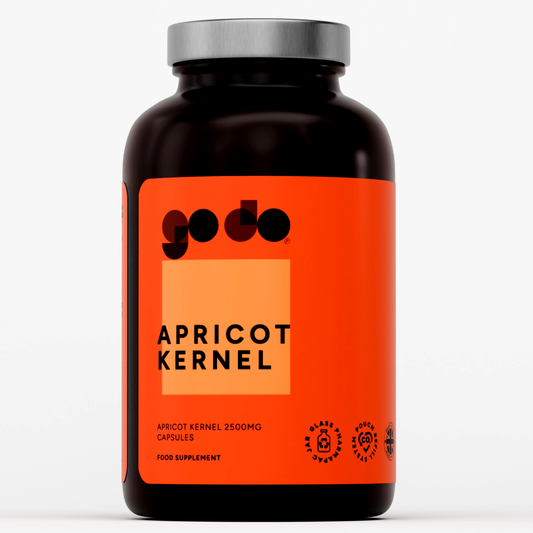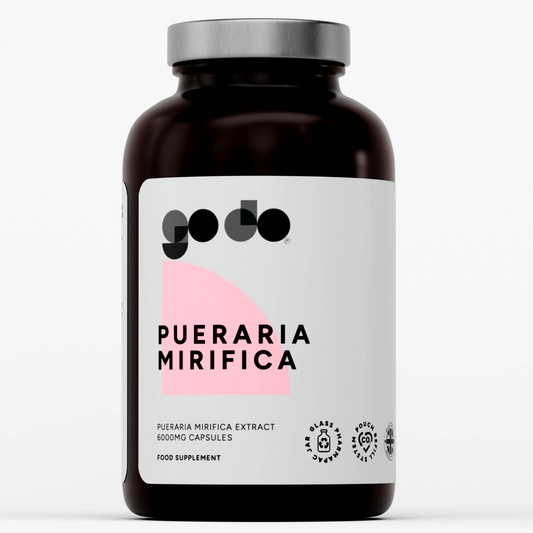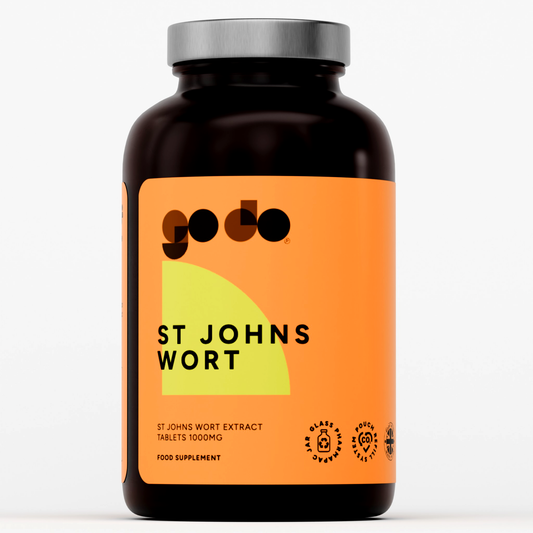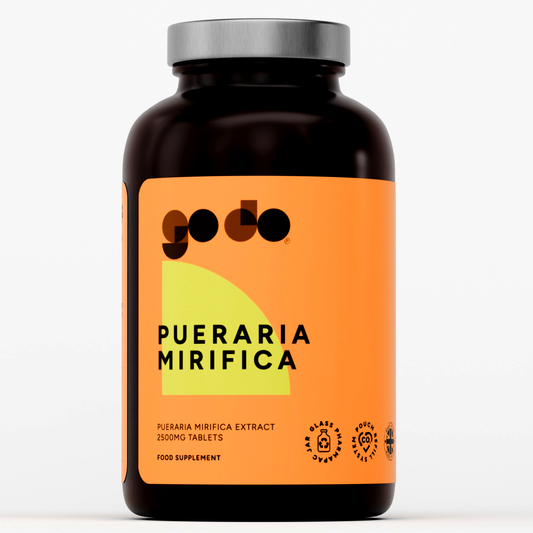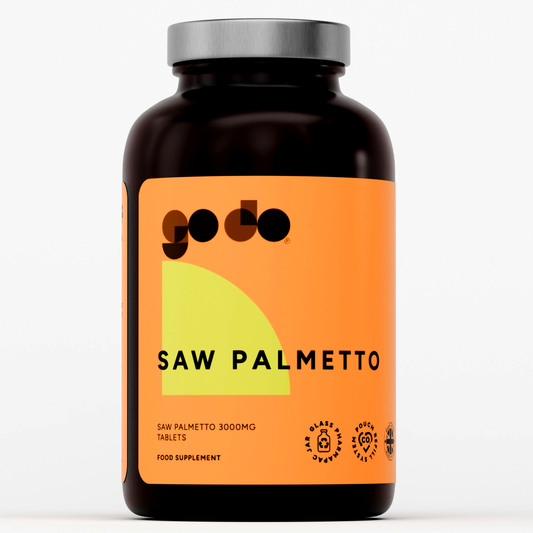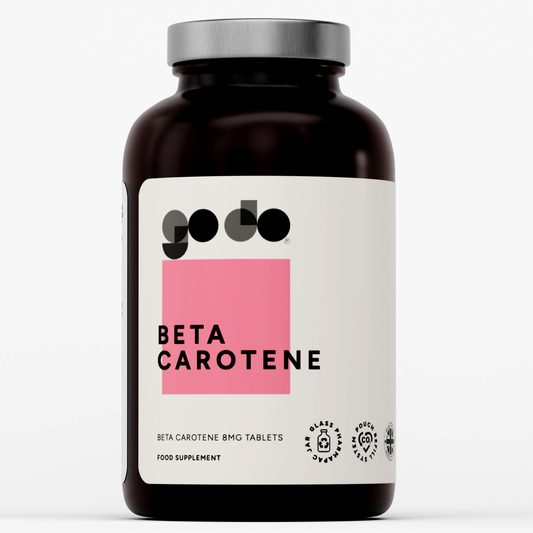Does Running Burn Belly Fat and Love Handles? The Truth Revealed
Introduction to Belly Fat
Belly fat, also known as visceral fat or excess abdominal fat, is more than just a cosmetic concern—it's a significant health issue that can increase the risk of heart disease, type 2 diabetes, and other serious conditions, making reducing belly fat essential . Burning belly fat requires a comprehensive approach combining a healthy, calorie-controlled diet with regular exercise, including both aerobic activities like running and resistance training for optimal results. Best exercise machines for losing belly fat can also play a key role in your exercise regimen. Running is a great way to burn calories and contribute to overall fat loss, including belly fat reduction, but it's essential to understand that spot reduction isn't possible through exercise alone. To lose belly fat effectively, you must create a calorie deficit by consuming fewer calories than you burn through daily activities and exercise, which triggers your body to use stored fat for energy. The key to sustainable belly fat loss is consistency over time, combining cardiovascular exercise, strength training, proper nutrition, and lifestyle modifications like adequate sleep and stress management.

Understanding Body Composition
Body composition refers to the percentage of body fat, muscle mass, bone density, and water that make up your total body weight, providing a more accurate picture of health than weight alone. Reducing body fat percentage while increasing or maintaining muscle mass can help improve overall health, boost metabolism, and reduce the risk of chronic diseases like diabetes and cardiovascular conditions. A healthy body mass index (BMI) is one indicator of healthy weight, though body composition measurements like body fat percentage provide more detailed information about your fitness and health status and can influence the production of more satiety hormones . Understanding your body composition can help you create an effective exercise routine and nutrition plan tailored to your specific goals, whether that's fat loss, muscle gain, or overall health improvement. Regular body composition assessments can track progress more accurately than the scale alone, showing fat loss and muscle gain that might not be reflected in overall weight changes.
Health Benefits of Running
Running provides numerous health benefits beyond fat loss, including reducing the risk of heart disease by strengthening the cardiovascular system, improving cholesterol levels, and lowering blood pressure over time. Regular running can help improve blood sugar control and increase insulin sensitivity, thereby combating insulin resistance and making it particularly beneficial for preventing or managing type 2 diabetes and metabolic syndrome. Running is also exceptional for mental health, reducing stress, anxiety, and depression while improving mood through the release of endorphins and other feel-good neurotransmitters during and after exercise. The health benefits of running can be achieved with moderate-intensity activity like jogging or brisk running, and you don't need to run marathons to experience significant improvements in health and longevity. Additional benefits include improved bone density, better immune function, enhanced sleep quality, increased lung capacity, and a reduced risk of certain cancers when running is part of a consistent exercise routine.
How Running Affects Fat Loss
Running helps create a calorie deficit by burning significant calories during exercise, which contributes to overall fat loss throughout the body, including the abdominal area and love handles, which can help reduce the spare tire though not through targeted spot reduction. High-intensity running, such as interval training or tempo runs, can be particularly effective for fat loss by burning more calories per minute and creating an afterburn effect where your body continues burning extra calories for hours after exercise. Running also helps build and maintain lean muscle mass, particularly in the legs and core, which increases your resting metabolic rate and helps you burn more calories even when you're not exercising. To maximize fat loss from running, it's essential to combine cardiovascular exercise with strength training, which builds muscle throughout your body, and a calorie-controlled diet that supports your energy needs while creating a deficit. The type, intensity, and duration of running all matter—incorporating variety with easy runs, tempo runs, intervals, and long runs can prevent plateaus and maximize fat-burning potential over time.
The Role of Diet in Burning Belly Fat
A healthy diet is absolutely crucial for burning belly fat and reducing overall body fat, with nutrition typically accounting for 70-80% of weight loss success compared to exercise alone. Eating a balanced diet rich in whole foods including plenty of vegetables, fruits, whole grains, lean proteins, and healthy fats, as well as soluble fiber, provides essential nutrients while naturally controlling calorie intake for sustainable fat loss. Healthy fats from sources like avocados, nuts, seeds, olive oil, and fatty fish are essential for hormone production, nutrient absorption, and reducing inflammation, supporting overall health and fat loss efforts. Avoiding or limiting sugary drinks, including sports drinks unless needed for long training sessions, can significantly reduce empty calorie intake and help create the calorie deficit necessary for belly fat loss. Protein intake is particularly important when trying to lose fat, as it helps preserve muscle mass, increases satiety, boosts metabolism slightly, and supports recovery from running and strength training workouts.

High Intensity Running for Weight Loss
High-intensity running, including interval training and sprint workouts, can be exceptionally effective for burning calories, reducing body fat, and improving cardiovascular fitness in less time than moderate-intensity steady-state running. Interval training, which involves alternating between periods of high-intensity effort and active recovery, creates a powerful metabolic effect that burns calories during exercise and continues elevating metabolism for hours afterward through excess post-exercise oxygen consumption (EPOC). Running at a faster pace naturally increases the number of calories burned per minute compared to slower jogging, making high-intensity sessions time-efficient for people with limited training time who want maximum fat-burning benefits. However, it's essential to progress gradually to high-intensity running to avoid injury, prevent burnout, and allow your cardiovascular system and muscles to adapt safely over several weeks or months. A balanced running program should include a mix of easy runs for building aerobic base and recovery, hill runs moderate-intensity runs for endurance, and high-intensity sessions for maximizing fat burn and fitness improvements—not all high-intensity all the time.
Understanding Love Handles
Love handles, the areas of excess fat around the sides of the waist above the hips, are a common trouble spot that can be challenging to reduce but respond to the same principles as overall fat loss. Reducing love handles requires a comprehensive approach combining a calorie-controlled diet, regular cardiovascular exercise like running, and strength training that builds muscle throughout the body, particularly core exercises. While you cannot spot-reduce fat from love handles through targeted exercises alone, reducing overall body fat percentage through diet and exercise will eventually help you get rid of fat in this area as your body determines where to mobilize stored fat. Genetics play a significant role in where your body stores and loses fat first, so some people may see love handles reduce quickly while others may find this is one of the last areas where fat disappears. Patience and consistency are essential when targeting love handles—sustainable fat loss of 1-2 pounds per week combined with strength training to build muscle will eventually lead to visible reduction in this area over several months.

Burn Calories with Running
Running is one of the most effective exercises for burning calories, with the exact amount depending on factors including your body weight, running speed, distance, terrain, and individual metabolism. On average, running burns approximately 100 calories per mile for a 150-pound person, though heavier individuals burn more calories per mile and lighter individuals burn fewer calories for the same distance. Running at higher intensities or incorporating hills and intervals can significantly increase calorie burn per minute compared to easy, flat running, providing you with more energy and making workouts more time-efficient for fat loss goals. The metabolic boost from running continues after your workout ends, especially following high-intensity sessions, meaning you burn additional calories during recovery as your body repairs muscles and returns to its resting state. Combining running with strength training creates the most effective calorie-burning combination because muscle tissue burns more calories at rest than fat tissue, so building muscle through resistance training increases your total daily calorie expenditure even on rest days.

The Importance of Healthy Fats
Healthy fats from sources like nuts, seeds, avocados, olive oil, and fatty fish are essential for overall health, hormone production, nutrient absorption, brain function, and reducing inflammation throughout the body. Including adequate healthy fats in your diet can actually support weight loss and improve body composition by increasing satiety, stabilizing blood sugar levels, and providing sustained energy for running and other activities. Omega-3 fatty acids found in fatty fish like salmon, mackerel, and sardines are particularly beneficial for reducing inflammation, supporting heart health, and may help reduce visceral belly fat when combined with exercise. A balanced diet should include healthy fats as approximately 20-35% of total calories, focusing on unsaturated fats while limiting saturated fats and avoiding trans fats for optimal health and body composition. The key is choosing quality fat sources in appropriate portions rather than eliminating fats entirely, as very low-fat diets can actually impair hormone function, reduce satiety, and make it harder to lose weight and achieve sustainable fat loss over time.
The Truth About Spot Reduction
The concept of spot reduction—the idea that you can lose fat from specific body areas by exercising those muscles—is a myth not supported by scientific research or physiological principles. When you create a calorie deficit through diet and exercise like running, your body determines where to mobilize stored fat based primarily on genetics, hormones, and your individual fat storage patterns, not which muscles you're exercising. Running burns calories and contributes to overall fat loss throughout your entire body, which will eventually include belly fat and love handles, but you cannot specifically target these areas for fat loss through running or ab exercises alone. The fat you lose first and last is largely determined by genetics—some people lose abdominal fat early in their weight loss journey, while others find it's one of the last areas to slim down. The most effective approach for reducing belly fat and love handles is creating a consistent calorie deficit through a combination of cardiovascular exercise like running, strength training for building muscle, and a healthy diet—fat loss will occur throughout your body over time.
Creating an Effective Running Plan
An effective running plan for fat loss should include a variety of workout types, including easy runs for building aerobic base, tempo runs for lactate threshold improvement, interval training for high-intensity calorie burn, and long runs for endurance. Beginners should start with a walk-run program, gradually increasing running duration while decreasing walking breaks over several weeks, allowing the body to adapt safely and reducing injury risk from doing too much too soon. Aim for 3-5 running sessions per week with at least one rest day between harder efforts, allowing for recovery and adaptation, which is when fitness improvements actually occur and injury risk decreases. Incorporate 2-3 days of strength training focusing on full-body exercises, core work, and aerobic exercise like running to build muscle, improve running economy, prevent injuries, and increase overall calorie burn through higher muscle mass. Progressive overload is key—gradually increase running volume, intensity, or frequency over weeks and months, but avoid increasing total weekly mileage by more than 10% per week to prevent overtraining and injury.
Combining Running with Strength Training
Combining running with regular strength training creates a synergistic effect for fat loss, as cardiovascular exercise burns calories during activity while strength training builds muscle that increases resting metabolic rate permanently. Strength training 2-3 times per week focusing on compound movements like squats, deadlifts, lunges, push-ups, and rows helps preserve and build muscle mass during a calorie deficit when muscle loss can otherwise occur. Strong muscles also improve running economy and performance, allowing you to run faster and longer with less effort, which translates to more calories burned during running sessions and greater fat loss over time. Resistance training for the core, including planks, anti-rotation exercises, and stability work, can strengthen the abdominal and oblique muscles, which while not spot-reducing fat, will create more defined muscles that become visible as overall body fat percentage decreases. The ideal approach is alternating running and strength training days or scheduling them at different times of day, as research shows this ensures adequate recovery between sessions while maximizing the complementary benefits of both exercise types.

Nutrition Strategies for Runners
Proper nutrition for runners seeking fat loss requires balancing adequate fuel for training performance and recovery with creating the calorie deficit necessary for fat loss, which requires careful planning and monitoring. Focus on consuming whole, minimally processed foods including lean proteins for muscle repair, complex carbohydrates for sustained energy, healthy fats for hormone function, and plenty of vegetables and fruits for micronutrients and fiber. Timing nutrition around runs can optimize performance and recovery—consuming easily digestible carbohydrates before running provides energy, while post-run meals with protein and carbohydrates support muscle recovery and glycogen replenishment. Avoid overeating after runs, a common pitfall where runners overestimate calories burned and consume more than they expended, which can prevent fat loss despite consistent training effort and dedication, and ultimately help you lose weight . Staying hydrated is crucial for running performance, recovery, and overall health, but stick to water for runs under 60-90 minutes and save sports drinks for longer sessions when electrolyte replacement becomes necessary.
Measuring Progress Beyond the Scale
Tracking progress through multiple methods beyond body weight provides a more complete picture of fat loss and fitness improvements, helping maintain motivation when the scale doesn't show expected changes. Body measurements of waist, hips, thighs, and arms can reveal fat loss that might not show on the scale, especially when you're simultaneously building muscle through strength training and running. Progress photos taken weekly or biweekly in consistent lighting and poses can visually document changes in body composition that are difficult to notice in the mirror when you see yourself daily. How your clothes fit, particularly around the waist and hips where belly fat and love handles are stored, often provides the most practical and motivating indicator of fat loss success. Performance improvements in running, such as faster times, longer distances, easier breathing, and better recovery, indicate increasing fitness even when body composition changes happen more slowly than desired.
Common Mistakes to Avoid
One major mistake is expecting rapid results—sustainable fat loss occurs at approximately 1-2 pounds per week, and visible reduction in belly fat and love handles may take several months of consistent effort. Doing only running without incorporating strength training limits fat loss potential and can even lead to muscle loss over time, which decreases metabolic rate and makes long-term fat loss more difficult. Running excessively without adequate recovery can lead to overtraining, increased cortisol levels that promote belly fat storage, injury risk, and burnout, undermining fat loss efforts despite high training volume. Neglecting nutrition and relying solely on exercise for fat loss rarely works—you cannot out-run a poor diet, and creating a calorie deficit requires attention to both food intake and exercise output if you want to lose love handles effectively . Comparing your progress to others or expecting the same results as someone with different genetics, training history, or lifestyle can lead to frustration and giving up before seeing the results that are possible with patience.

Conclusion and Key Takeaways
Yes, running can help burn belly fat and love handles, but only as part of overall body fat reduction through creating a consistent calorie deficit, not through targeted spot reduction of specific areas. Running is highly effective for burning calories, improving cardiovascular health, boosting metabolism, and contributing to the calorie deficit necessary for fat loss when combined with proper nutrition and strength training. Reducing belly fat and love handles requires a comprehensive approach including regular running (3-5 times per week), strength training (2-3 times per week), a calorie-controlled diet rich in whole foods, and adequate recovery, especially considering the factors that contribute to more belly fat . Genetics determine where your body stores and loses fat, so be patient with trouble areas like love handles—consistent effort will eventually lead to fat loss in these areas, even if they're the last to slim down. Focus on overall health improvements, fitness gains, and sustainable lifestyle changes rather than quick fixes, understanding that meaningful body composition changes typically take 8-12 weeks or longer to become visible and even longer to fully achieve your goals.





